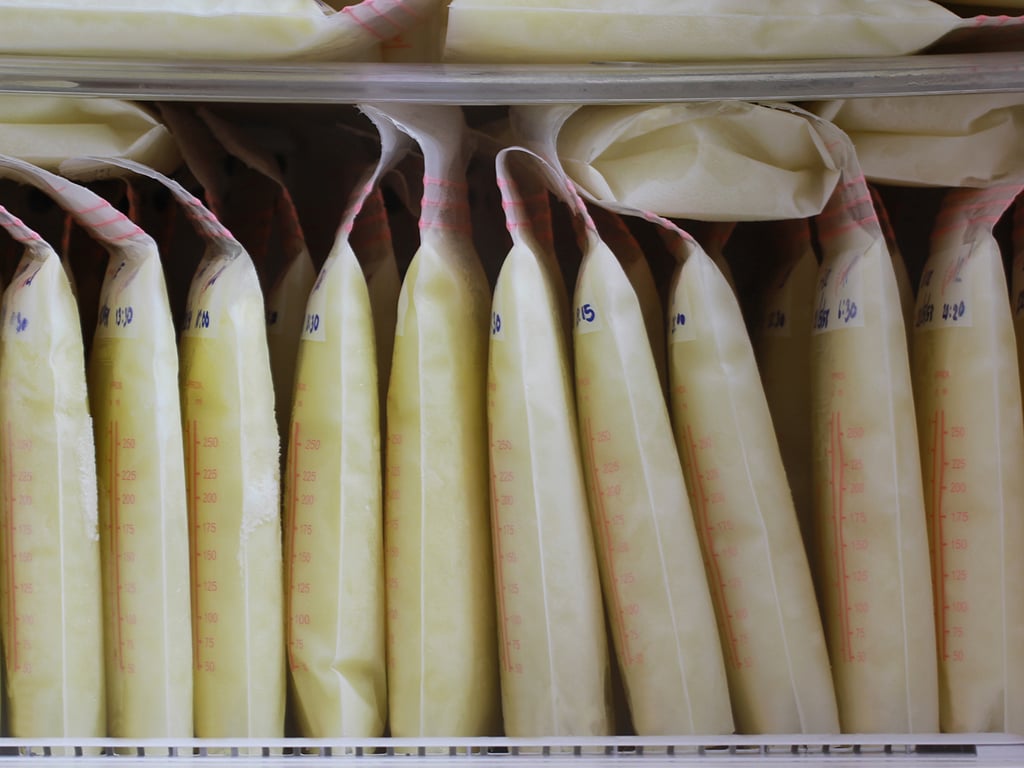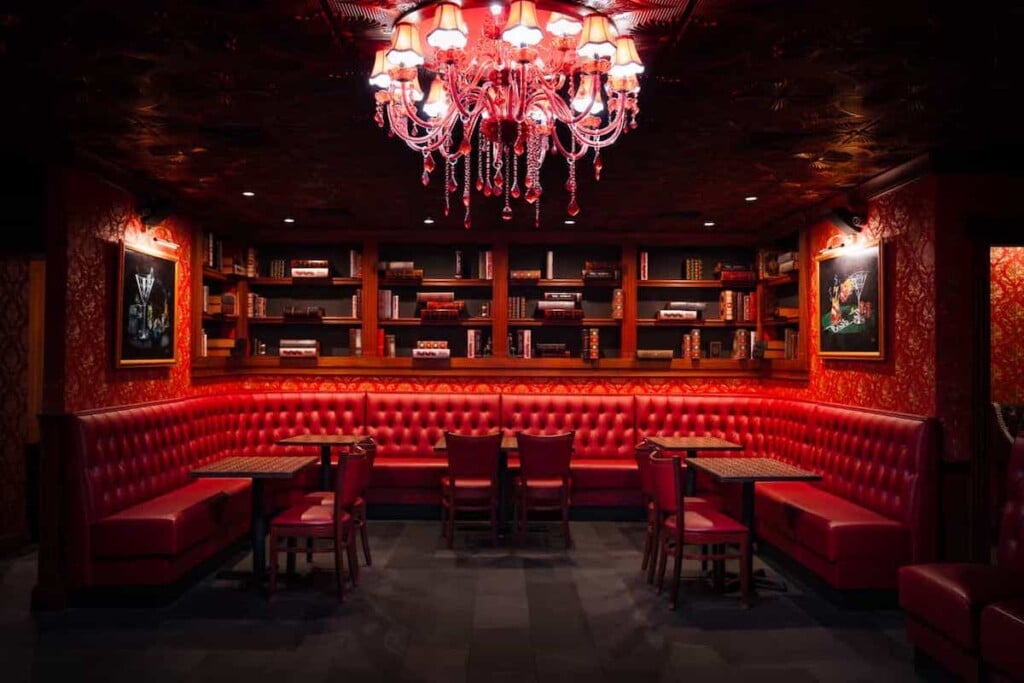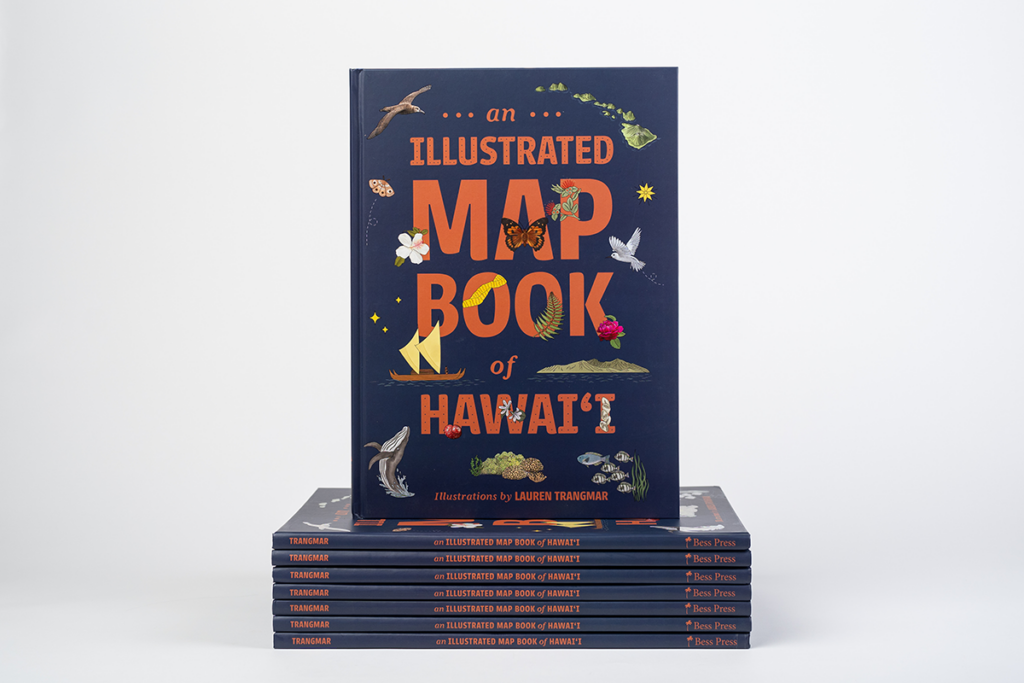Human Milk Donation Sites to Open in Hawaiʻi
7 things to know about donating, packing and shipping human milk.

Photo: Getty Images
Frozen, stored packets of human breast milk, which can help mothers and babies.
Local women—who want to donate their own milk to mothers and babies who cannot breastfeed—now have two new shipping sites in Hawaiʻi to make the process easier. They are: Waimānalo Health Center in Waimānalo and Mother’s Milk in Kamuela on the Big Island. Both sites will begin distributing items to pack, store and deliver human milk on June 30.
This “donor human milk” program is the brainchild of Breastfeeding Hawaiʻi, a federally recognized coalition that supports local mothers. The group’s mission is to open and operate a full-service human milk bank in the Islands.
As of now, milk donations will be sent to Mother’s Milk Bank in San Jose, which will screen potential donors, and test and pasteurize the milk.
Donated milk is in demand in Hawaiʻi, especially for medically fragile infants. There are three Level III Neonative Intensive Care Units (NICUs) in the state: Kapiʻolani Medical Center for Women and Children, Tripler Army Medical Center and Kaiser Permanente Medical Center Moanalua.
Each year, approximately 1,000 ounces of milk are needed at two of the three units. “Then there is mom-to-mom-milk-sharing going on, which is quite a bit of milk being shared in Hawaiʻi,” says Leʻa Minton, board president of Breastfeeding Hawaiʻi.
There are no official numbers for them. “(Milk-sharing) is not in the donor milk pathway of being pasteurized, so we don’t have that amount,” she says. The goal is to have a milk bank in Hawaiʻi to help serve local needs, so that “once we have taken care of the babies who are receiving milk in the NICUs, we can have milk available for the community’s needs,” she says.
Typically, there is a two-year process to become an officially recognized milk bank; local breastfeeding advocates are laying the groundwork now to open milk banks throughout Hawaiʻi in five to seven years.
Want to donate your own milk or learn more about this program? Here are seven things you’ll want to know:
1. What are the components of this milk donor program?
There are two parts. A “milk collection site” is a designated location with a freezer that collects donated breast milk and ships it to a certified facility for pasteurization. A “shipping supply site” is a location that has shipping supplies available for donors to pick up locally, take home to pack breast milk and ship to the pasteurization site.
2. Who screens donors?
Mothers’ Milk Bank in San Jose screens potential donors. Call 877-375-6645 for a phone interview.
3. How does screening work?
Potential donors take a blood test and answer a medical history questionnaire via email or snail mail. The blood test—available through Diagnostic Laboratory Services (DLS) statewide—is free and paid for by Mothers’ Milk Bank. For details about the screening process, click here.
4. How do donors store and send their milk?
Any pre-screened donor who has a donor ID can pick up shipping supplies at one of two local sites: Waimānalo Health Center in Waimānalo and Mother’s Milk in Kamuela on the Big Island. Shipping supplies include a cooler (measuring 12x12x23 inches), triple thick black trash bag, freezer packs and a prepaid FedEx shipping label. Donors can take the shipping supplies home to pack their milk in the coolers, then call FedEx to arrange a pick-up time.
5. When will shipping supplies be available?
Waimānalo Health Center and Mother’s Milk in Kamuela should have shipping supplies ready for distribution by June 30, 2019.
6. How can a facility become a milk depot or shipping supply site in Hawaiʻi?
Applications are open through July 1, 2019, to any hospital, clinic or business in the state that supports breastfeeding. Applications are at bfhawaii.org.
7. Where else can people find more information about breastfeeding?
There are lots of local resources and people willing to help families! Start with this lactation support page.








